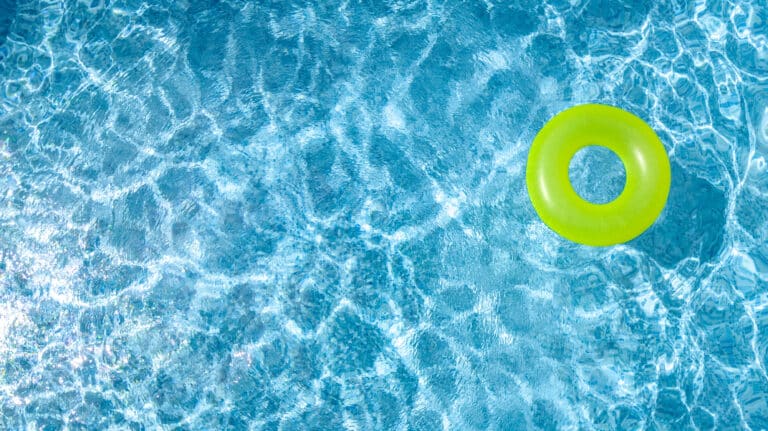As the days grow longer and temperatures climb, families across the country look forward to summer poolside fun. But without proper precautions, summer fun can turn to tragedy in an instant. According to the CDC, drownings are the number-one cause of accidental death among children aged 1-4, and the number-two cause among kids aged 5-14. With May being National Water Safety Month, it’s an opportune time to highlight the importance of pool safety, particularly for our youngest swimmers. The following recommendations can significantly reduce the risk to kids and adults alike.
Supervision Is Key In Pool Safety
Simply put, never, ever let children around the water unsupervised. This means having an adult whose sole responsibility is to watch the swimmers without distractions such as reading, using a phone, or engaging in lengthy conversations. An adult should be in the water within arm’s reach of infants and toddlers. This level of vigilance can dramatically reduce the risk of drowning and ensure immediate action if a child is in distress.
Implement Pool Barriers
A physical barrier surrounding your pool can be a critical line of defense against unsupervised access. Ensure that your pool area is fenced with a self-closing, self-latching gate. The fence should be at least four feet high and designed so that it’s difficult for children to climb. Additionally, consider installing alarms on gates and doors leading to the pool area to alert you if someone enters the pool zone unattended.
Educate on Pool and Water Safety
Knowledge is power, so empower your kids by teaching them to be safe around the pool. This includes swimming lessons from a certified instructor, but discussions about the rules of pool use are equally important. Teach your children never to swim alone. Teach them to stay away from pool drains and to understand the signs of someone struggling in the water. Also, have a firm “no running around the pool” rule in place to reduce the risk of slip-and-fall injuries.
Learn CPR
Knowing CPR can save lives in the event of a pool accident. Parents and caregivers should be trained in both child and adult CPR. Quick action in performing CPR before the emergency services arrive can make a significant difference in outcomes following a drowning incident.
Of course, not everyone you encounter will practice pool safety, especially in publicly accessible pools. In the unfortunate event that your child is injured in a pool accident due to negligence, our personal injury attorneys can help your family receive the compensation needed for your child’s recovery. Contact us today to discuss your case.







